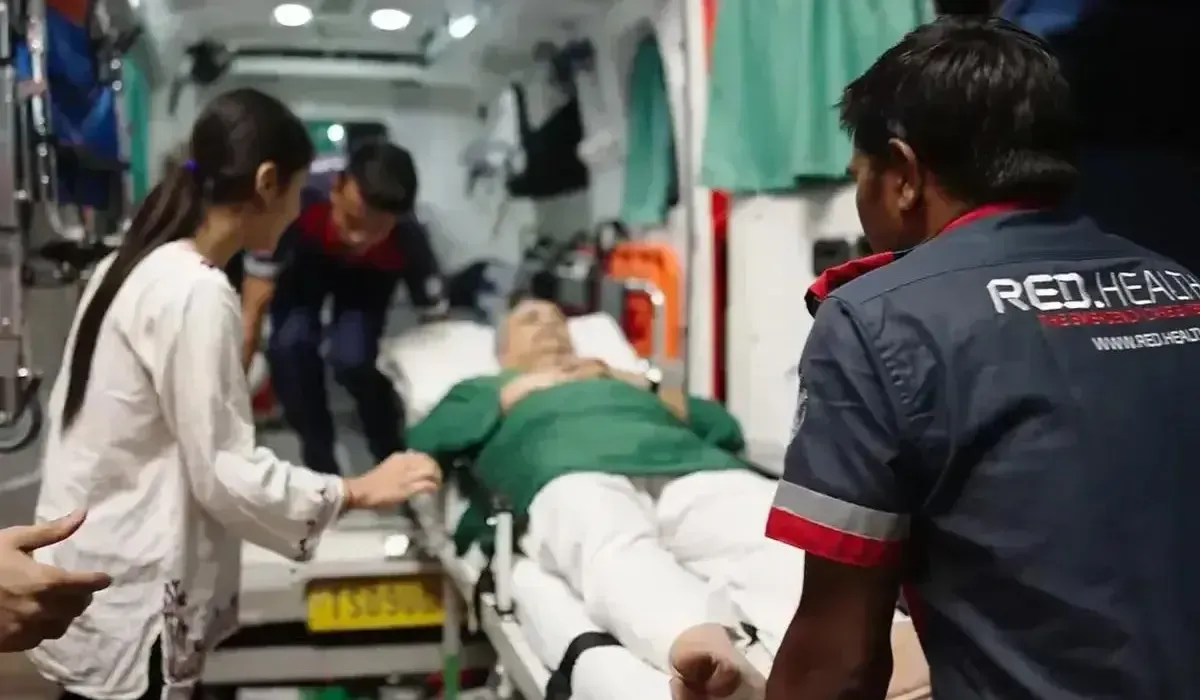
A hearse van is a specialized vehicle designed for the respectful and safe transportation of the deceased from one location to another, typically from a hospital, residence, or mortuary to a cremation ground, burial site, or funeral hall. To better understand hearse van meaning, it can be described as both a practical and symbolic vehicle—it not only ensures the body is transported securely but also represents dignity and reverence during the last journey.
Today’s hearse vans combine tradition with technology. They often come equipped with temperature-controlled chambers for long-distance travel, hydraulic systems for smooth handling of coffins, and discreet interiors to maintain a calm and respectful environment. For grieving families, the design is not merely about utility but about ensuring the journey remains solemn, dignified, and compassionate.
The importance of a hearse van goes far beyond its physical function. It carries deep cultural, emotional, and spiritual significance. Across societies, transporting a loved one respectfully to their final resting place is considered an act of duty, love, and honor. Families often see this last journey as the ultimate gesture of dignity.
A well-designed hearse van also ensures hygiene standards, particularly when refrigerated units are used. This becomes vital for long-distance transfers or in cases where ceremonies are delayed. The vehicle’s design keeps the body safe from external exposure, minimizing risks to public health.
Safety during transport is another major role. Professional drivers trained in sensitive handling, traffic compliance, and secure placement of the body bring peace of mind to families. It assures them that their loved one’s final moments in this world are managed with care.
From a psychological perspective, the presence of a hearse van reassures grieving families that every aspect of the funeral process is handled with compassion. It reduces stress at a time when decisions are emotionally overwhelming.
Additionally, hearse vans have practical relevance in organized funeral management, especially for communities or institutions hosting large gatherings. Just as people arrange an Ambulance for Special Events to ensure medical readiness, hearse vans ensure dignified preparedness for end-of-life situations.
Hearse vans are available in different models and service formats to accommodate diverse cultural, religious, and logistical needs.
These vehicles are designed for local transfers, usually from hospitals or residences to nearby crematoriums or burial grounds. They are simple, reliable, and widely used.
When the distance is long, or the funeral requires extra time for rituals and family gatherings, refrigerated vans are crucial. These come with cooling units to preserve the body safely over extended durations.
Some families prefer premium models, with enhanced interiors, tinted windows, and spacious arrangements to align with cultural traditions and provide an elevated sense of dignity.
At this point, hearse vans are no longer limited to the vehicle alone, they represent comprehensive service packages. In the same way that Hospital Partnerships for Ambulance Services expand healthcare support, hearse van partnerships with funeral homes, religious institutions, and local communities create an integrated system of end-of-life care.
This is a common area of confusion. An ambulance and a hearse van are very different in purpose, even though both are vehicles associated with healthcare and emergencies.
Families may sometimes confuse the two terms, especially when hearing phrases like “dead body ambulance.” The distinction lies in the purpose: one is for saving life, the other is for honoring life after it ends.
Just as RED Ambulance Services for Emergency Support provide timely medical aid, hearse vans provide timely dignity and respect. Both services hold their place in the cycle of care, but their functions are never interchangeable.
No, they are not the same. A dead body ambulance is often a term people use informally for a hearse van, but technically, ambulances are for the living. Hearse vans, however, are specially built for the deceased. Respectfully differentiating the two helps families make informed choices without confusion.
A hearse van connects the last moments of life to the rituals that follow, carrying deep emotional, cultural, and spiritual meaning while also ensuring safety, cleanliness, and dignity in the final journey.
Red Health understands this responsibility. With professional yet compassionate services, it provides different types of hearse vans by standard, refrigerated, and luxury, while keeping costs clear and service quality high. Families know they are in safe hands during such difficult times.
Because of this commitment, Red Health is trusted for funeral transport that offers not only vehicles but also care, respect, and comfort.